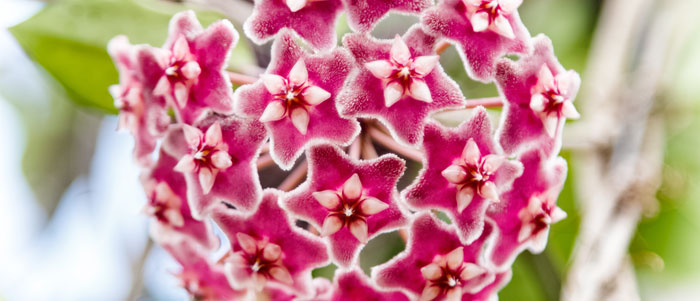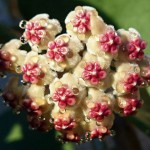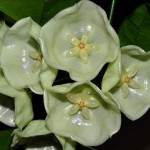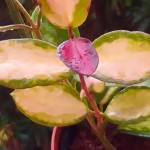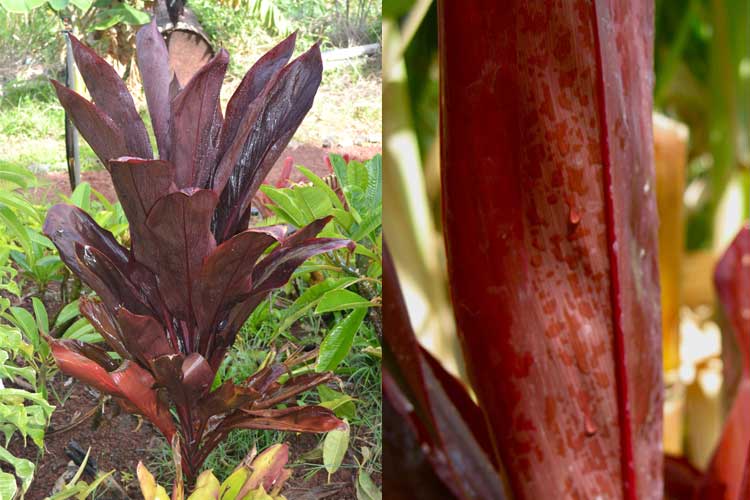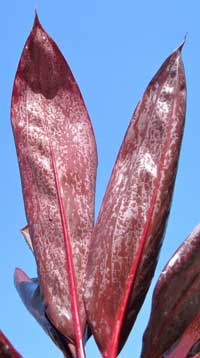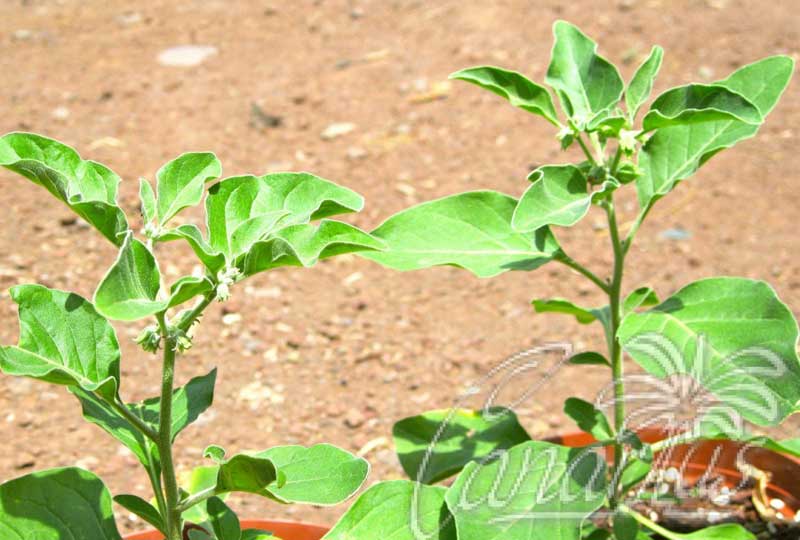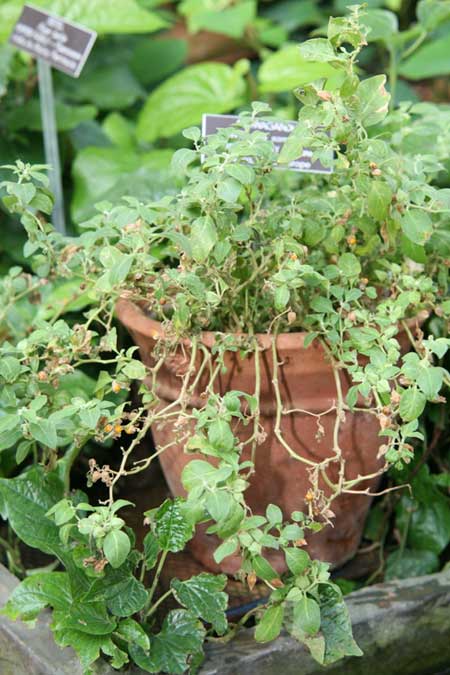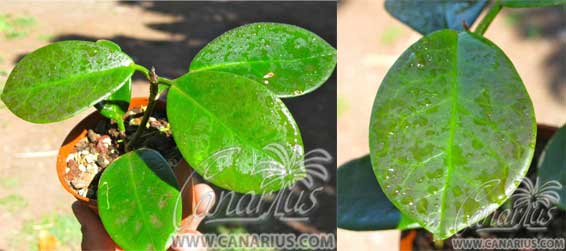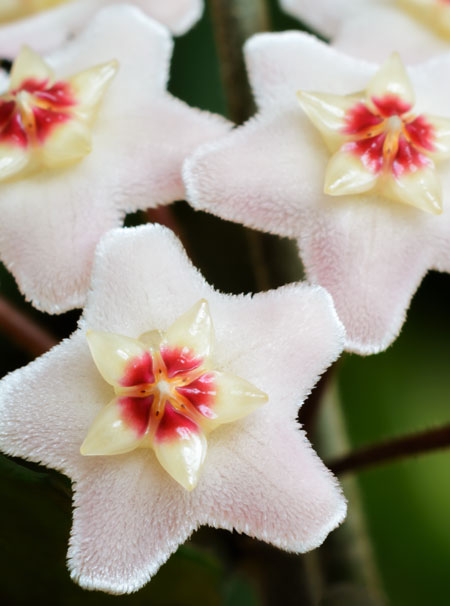
The name refers to the genus, Hoya, in honor of Thomas Hoy: gardener to the Duke of Northumberland at Syon House in Middlesex in the UK (eighteenth century). Although the species is also known as ‘wax plant’ or ‘porcelainflower’.
Hoyas are climbers, often with showy and exotic flowers, from the rain forests of Asia and Oceania. Most species need a dim light, but can also be grown as house plants.
They’re succulent plants that are very suitable for hanging baskets and trellises. They tolerate a few weeks of drought, but are sensitive to frost and cold.
This species includes more than 200 varieties of climbing plants of tropical origin (India, Malaysia, China, Australia…). The main species are: Hoya pauciflora, Hoya glabra, Hoya australis, etc., most of which we have on our online store of exotic plants: Canarius.
Hoyas are twining vines with showy exotic flowers
Hoyas are thin stemmed shrubs. Their leaves are perennial, fleshy, dark green and oval. Furthermore, they have rather small scented flowers, white or pink with a red centre, displayed in compact hemispherical umbels and with a waxy appearance (hence its popular name).
Usually, these succulent plants bloom from spring to summer and the flowers last for quite a long time on the plant.
Hoyas usually live in tropical forests, and specifically in the trees. Most species are easy to grow, as they can grow in disparate and diverse conditions. These species can also grow in spongy soil organic matter, sand or other drainage materials.
Succulent plants at Canarius: Hoya
At Canarius, we have numerous hoya species, we pack and ship them safely to anywhere in the world. See below some of our hoyas:
- HOYA KERRII
- HOYA DANUMENSIS
- HOYA AUSTRALIS ‘LISA’
The commonly named ‘wax plant’ or ‘porcelainflower’ needs good light exposure, without receiving direct sunlight. They don’t resist cold, even less frost; the environment must be warm and the temperature no lower than 10 °C in winter.
















